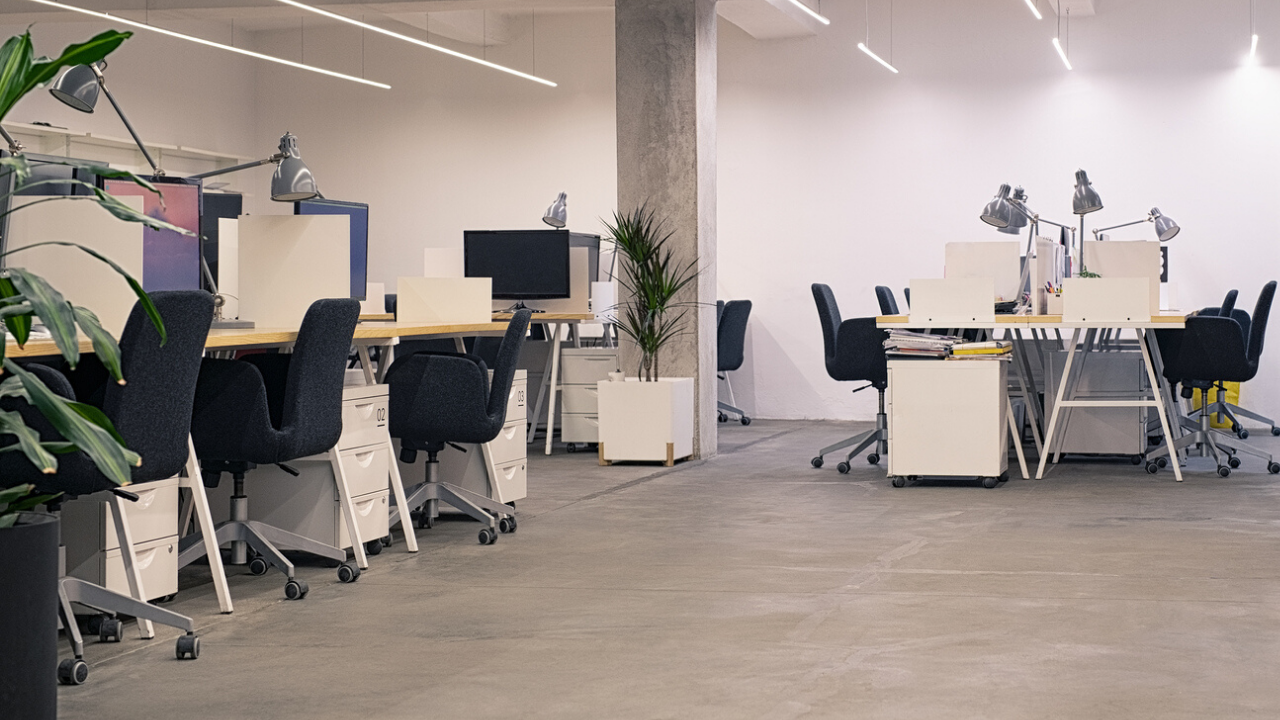Despite the UK government’s 60-page guideline on how to reenter the workplace, it is untelling how the office will operate moving forward. One thing is certain — the current pandemic has permanently changed how we perceive and use offices now and in the future.
Seemingly overnight, companies all over the world made the shift to managing remote teams, pushing the limits of technology and digital upskilling. Knowing this, many organizations may make the move to reduce their office footprints and continue operating with a distributed workforce. This will cause a huge shift in our economy, from how we commute to how meetings are conducted and everything in between.
Still, some companies are preparing to welcome workers back into the office and reconfigure their spaces to make them as safe and healthy as possible.
“People are trying to envisage what this future space will look like,” said Neil Usher, workplace specialist and Sky’s former Workplace director. “It isn’t so much about the aesthetic but about how people manage their working days and weeks. Ultimately it comes down to answering one, big question, ‘what is the workplace actually for?’ And that’s a question everyone should be asking themselves at the moment.”
CBRE predicts that office occupancy will be cut in half for up to a year once the lockdown is lifted. Additionally, CBRE’s head of technology Mike Gedye believes that office design will focus on simply providing a seat to work at rather than collaborative workspaces.

 Dr. Gleb Tsipursky – The Office Whisperer
Dr. Gleb Tsipursky – The Office Whisperer Cat Johnson – Coworking Marketing Maven
Cat Johnson – Coworking Marketing Maven Angela Howard – Culture Expert
Angela Howard – Culture Expert Drew Jones – Design & Innovation
Drew Jones – Design & Innovation Andrea Pirrotti-Dranchak – Competitive Advantage
Andrea Pirrotti-Dranchak – Competitive Advantage Jonathan Price – CRE & Flex Expert
Jonathan Price – CRE & Flex Expert Jeremy Fennema – Tech Innovation Alchemist
Jeremy Fennema – Tech Innovation Alchemist







